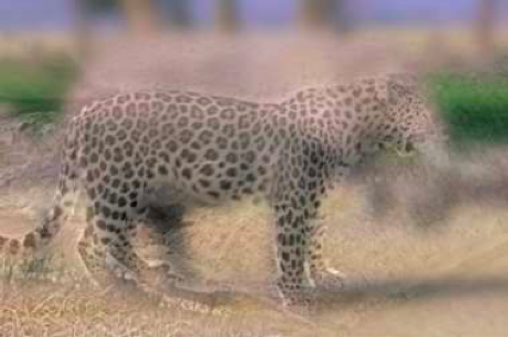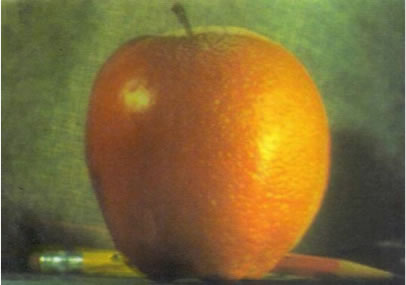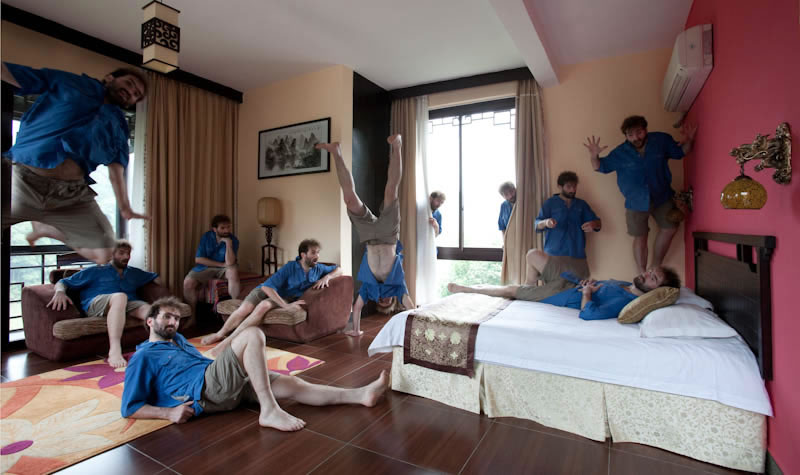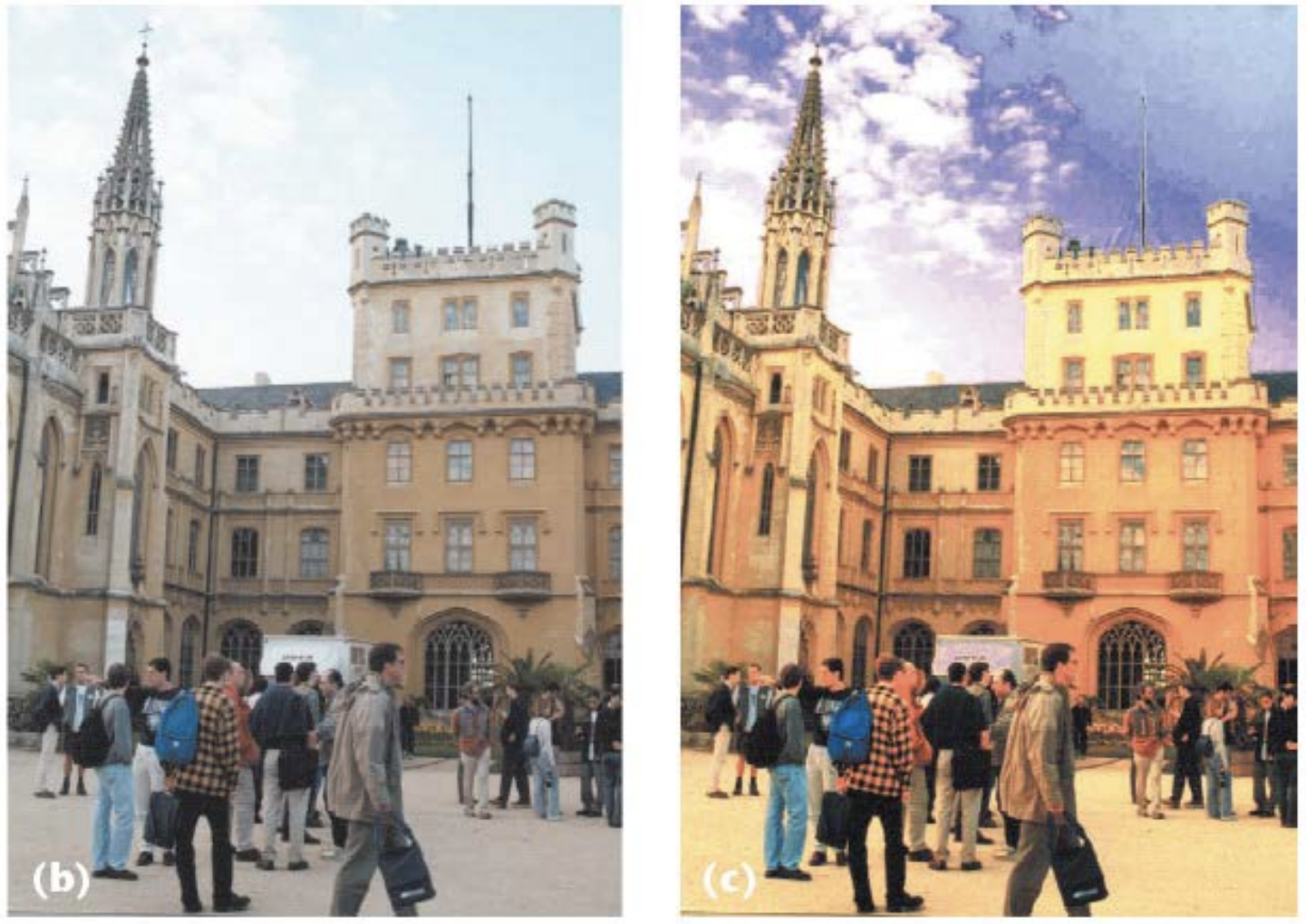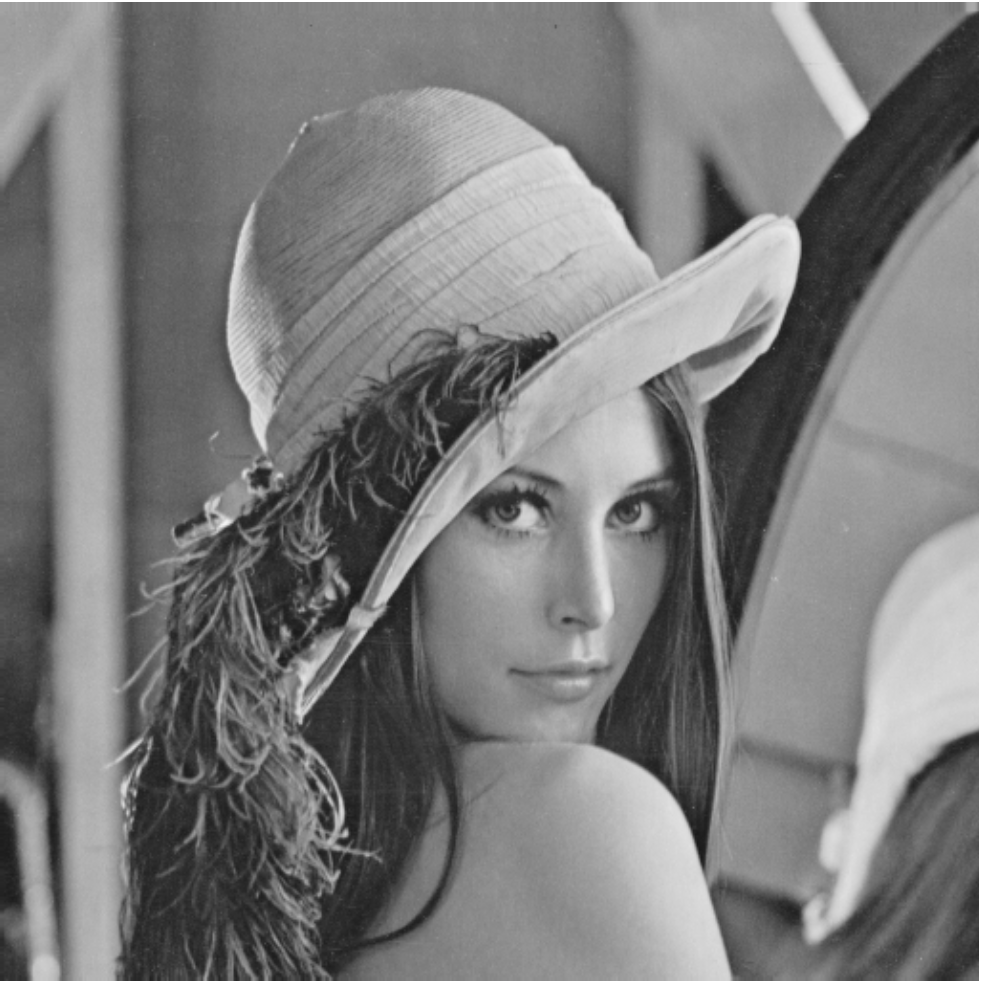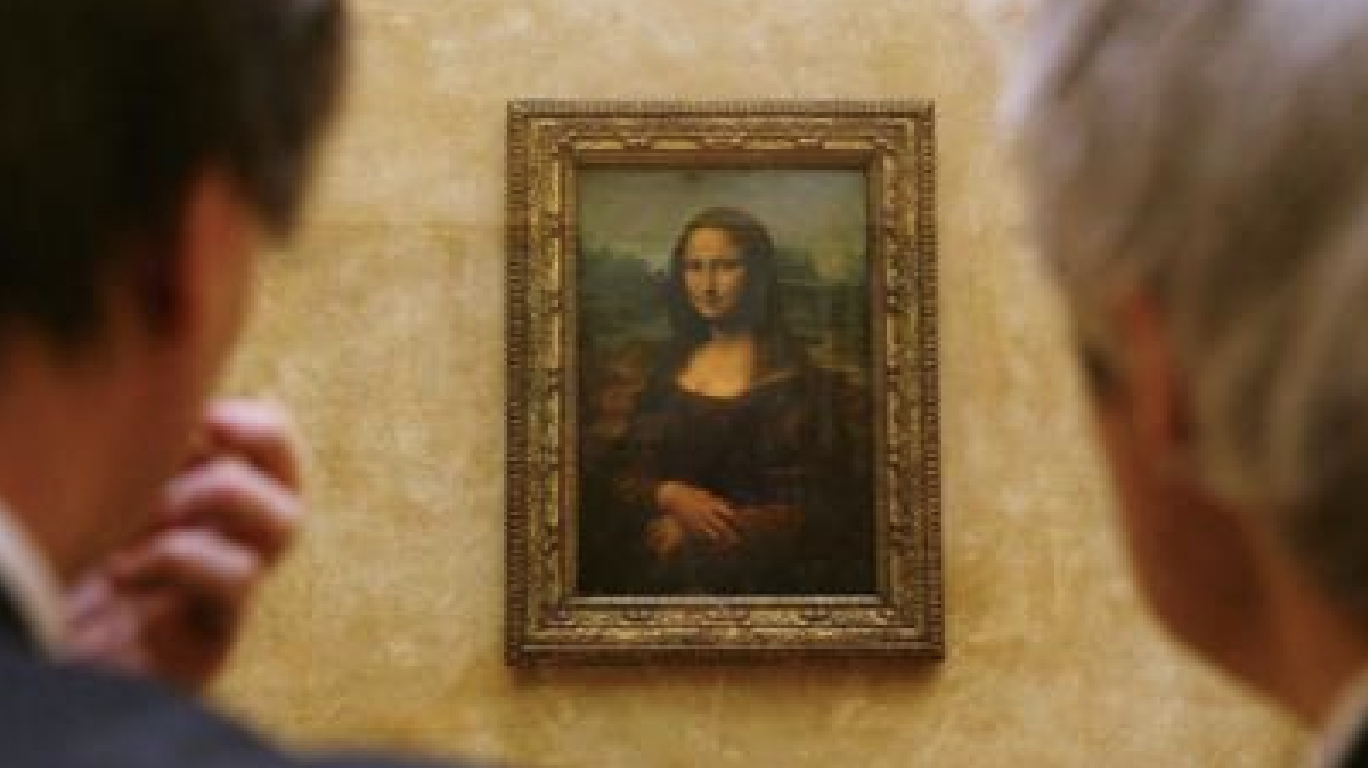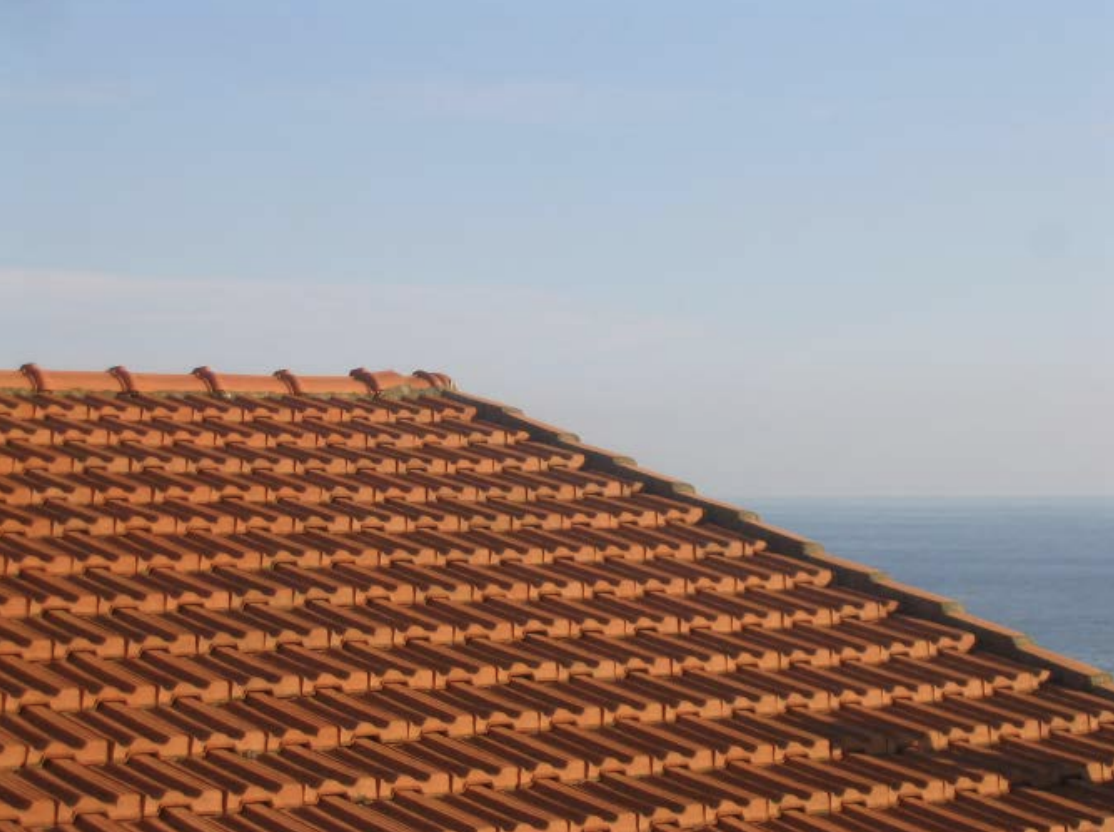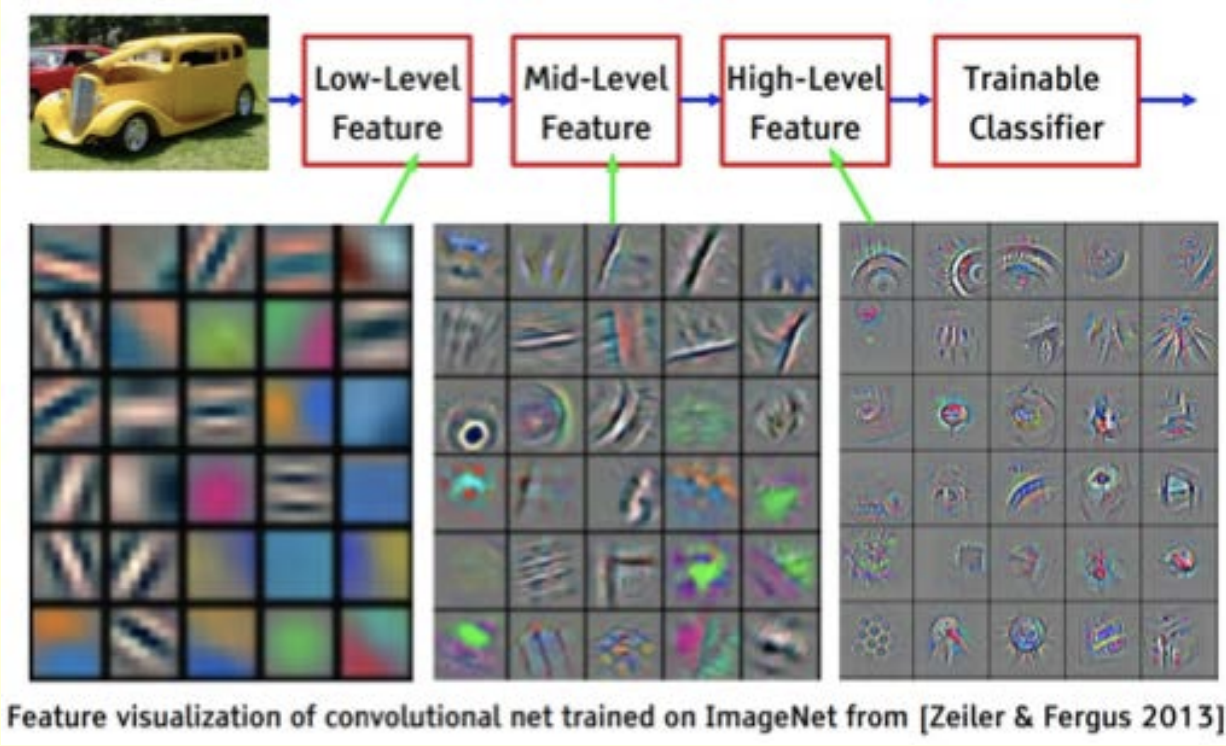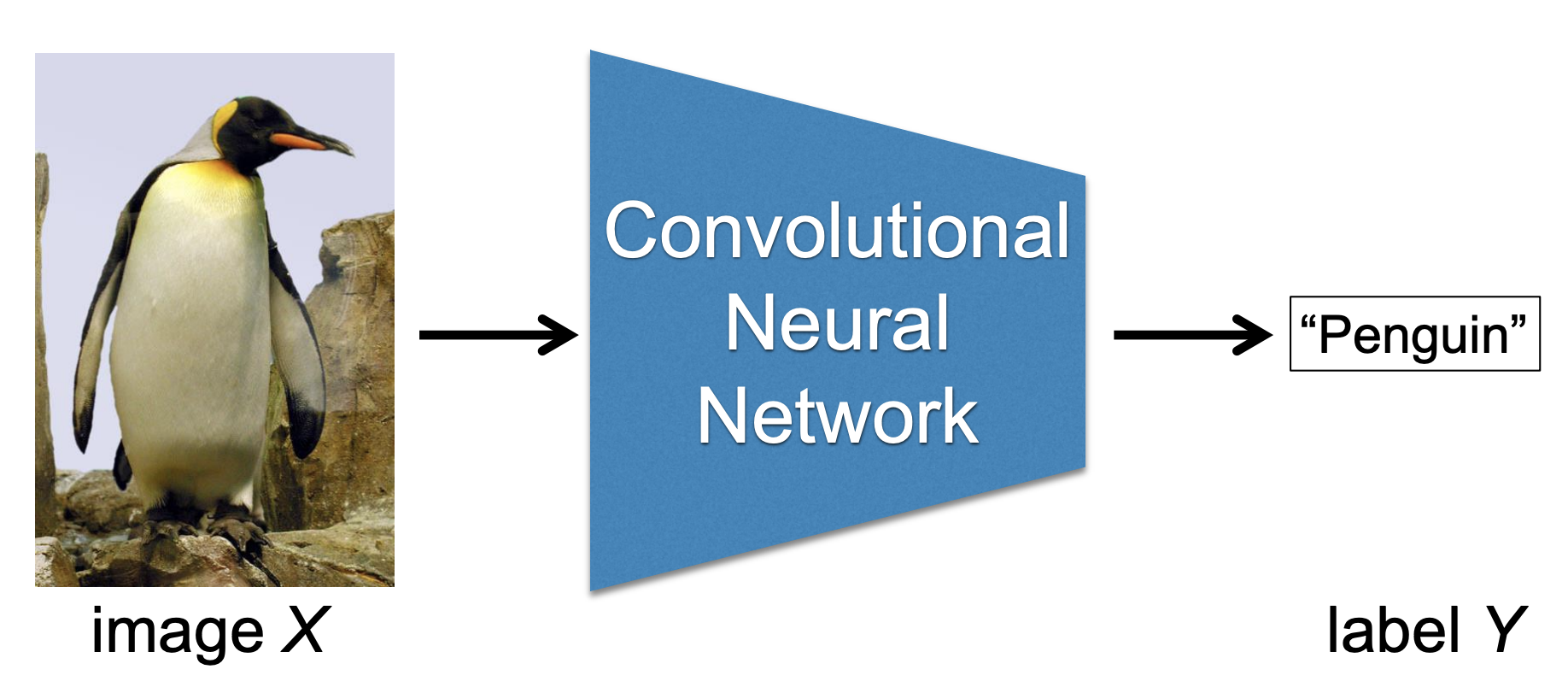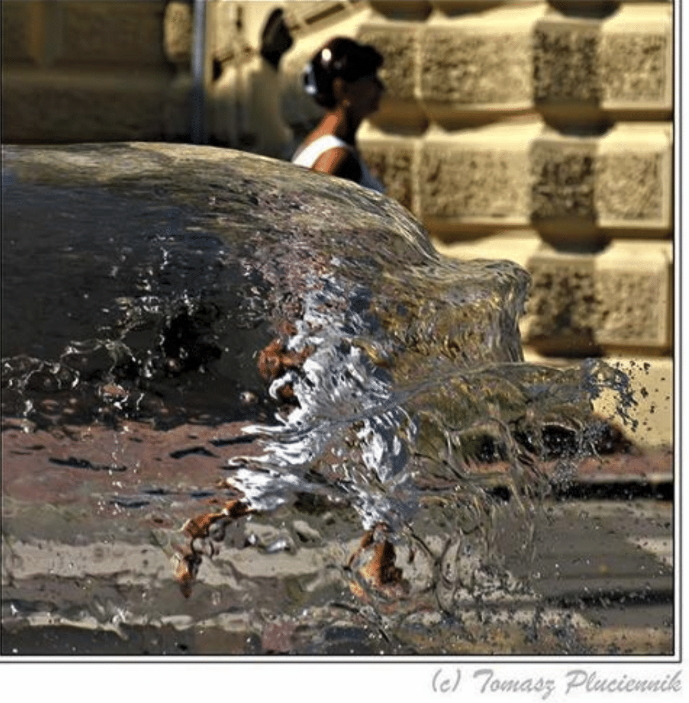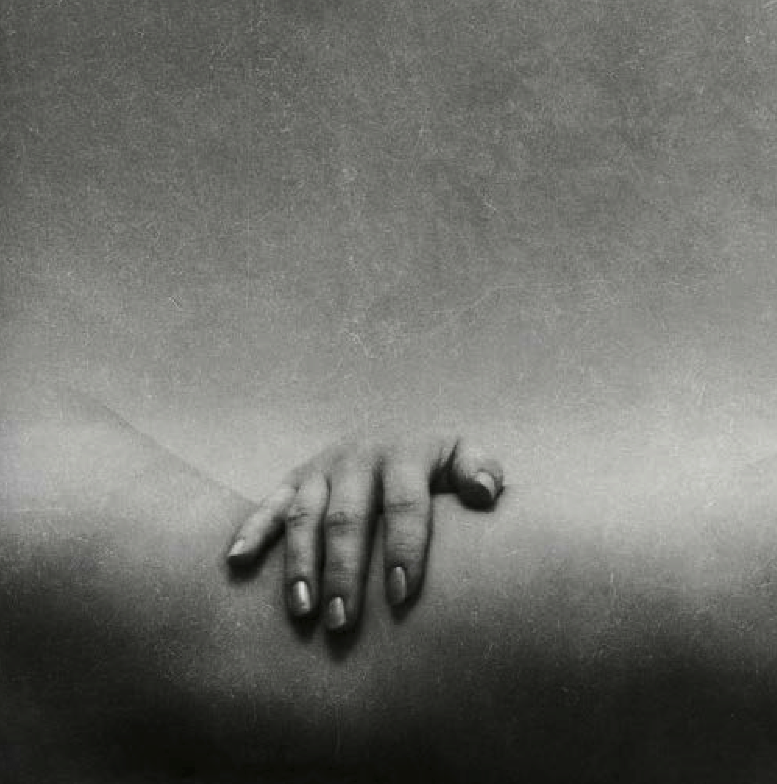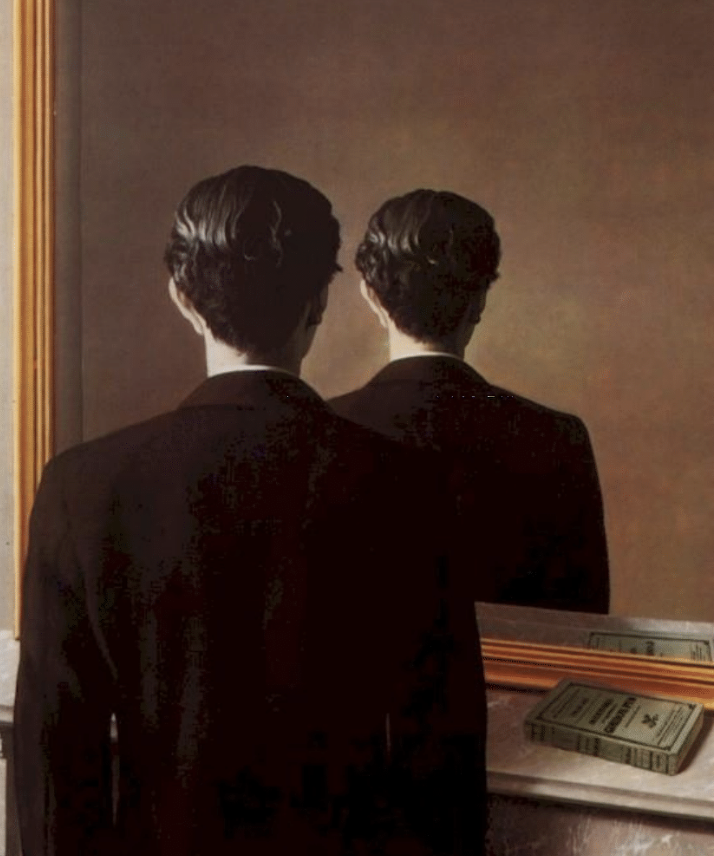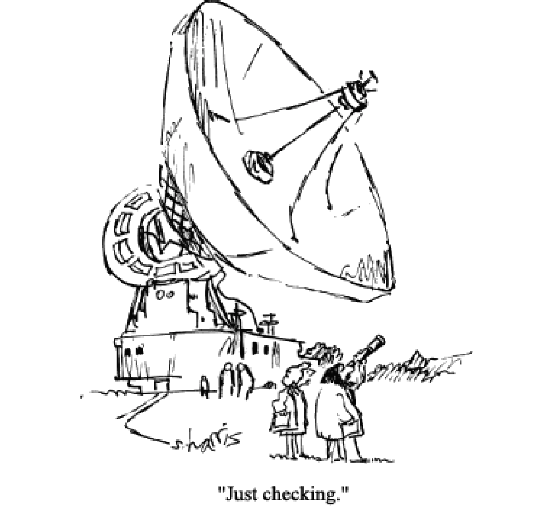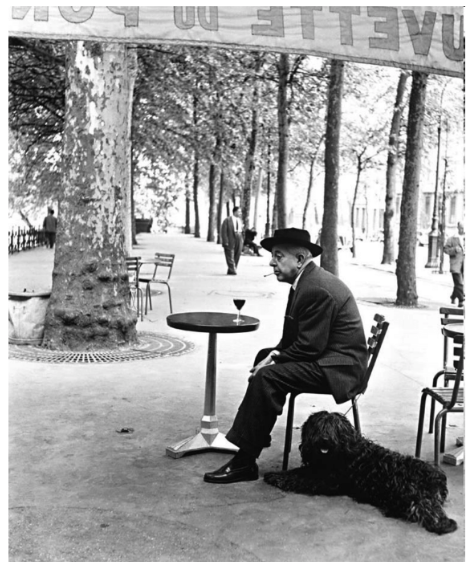|
|
|
|
|
CS194-26/294-26: Intro to Computer Vision and Computational Photography
|
INSTRUCTOR:
Alexei (Alyosha) Efros (Office hours: after lecture)
GSI: Zhe Cao (Office hours: 9 - 10 AM Fri)
Tutors: Chenyue Cai (Office hours: 8 - 9 AM Mon, Email: chenyue_cai[at]berkeley[at]edu), Kenny Chen (Office hours: 9 - 10 M Wed, Email: kenchen10[at]berkeley[at]edu), Yibin Li (Office hours: 11 - 12 PM Thurs, Email: liyibin516[at]berkeley[at]edu), and Violet Yao (Office hours: 1 - 2 PM Tuesday, Email: violetyao[at]berkeley[at]edu).
Reader: Justin Wang (Email: justinyiwang[at]berkeley[at]edu)
UNIVERSITY UNITS: 4
SEMESTER: Fall 2020
WEB PAGE: http://inst.eecs.berkeley.edu/~cs194-26/fa20/
Q&A: Piazza Course Website
LOCATION: Remote (Zoom links are posted on Piazza)
TIME
: MW 5:00 PM-6:30 PM
PREREQUISITES:
This is a heavily project-oriented class, therefore good programming proficiency (at least CS61B) is absolutely essential.
Moreover, familiarity with linear algebra (MATH 54 or EE16A/B or Gilbert Strang's online class) and calculus
are vital. Experience with neural networks (e.g. CS189) is a plus.
For these taking CS294-26, consent of instructor is required to register (please sign up on the waitlist first).
COURSE
DESCRIPTION:
The aim of this advanced undergraduate course is to introduce students to computing with visual data (images and video).
We will cover acquisition, representation, and manipulation of visual information from digital photographs (image processing),
image analysis and visual understanding (computer vision), and image synthesis (computational photography).
Key algorithms will be presented, ranging from classical (e.g. Gaussian and Laplacian Pyramids) to contemporary (e.g. ConvNets, GANs),
with an emphasis on using these techniques to build practical systems. This hands-on emphasis will be reflected in the programming assignments,
in which students will have the opportunity to acquire their own images and develop, largely from scratch, the image analysis and synthesis tools for solving applications.
PROGRAMMING ASSIGNMENTS:
|
Project 1: Images of the
Russian Empire -- colorizing the Prokudin-Gorskii
photo collection
Project 2: Fun with Filters and Frequencies
Project 3: Face Morphing and Modelling a Photo Collection
 Class Choice Awards: Saurav Mittal, Apollo Thomopoulos Class Choice Awards: Saurav Mittal, Apollo Thomopoulos
Project 4: Face Keypoint Detection with Neural Networks
See student submissions here
Project 5: (Auto)stitching and photo mosaics
See student submissions partA partB
|
TEXTBOOK:
We will be loosely using the new 2nd edition of Rick Szeliski's Computer Vision textbook. The latest draft is available off the textbook's website. If you find a bug or a typo, please e-mail Rick for a chance to get an acknowledgement in the finished book! The first edition is still available at the bookstore, but it's missing some important things, like discussion of Convolutional Neural Networks.
There
is a number of other fine texts that you can use for
general reference:
Computer Vision: A Modern Approach
(2nd edition), Forsyth and Ponce (classic computer vision text)
Vision Science: Photons to Phenomenology, Stephen
Palmer (great book on human visual
perception)
Digital
Image Processing, 2nd edition, Gonzalez and Woods (a good general image processing text)
Linear Algebra and its Applications, Gilbert Strang
(a truly wonderful book on linear
algebra)
CLASS NOTES
The instructor is extremely grateful to a large number of researchers for
making their slides available for use in this course. Steve Seitz and Rick Szeliski
have been particularly kind in letting me use their wonderful lecture
notes. In addition, I would like to
thank Paul Debevec,
Stephen Palmer, Paul Heckbert, David Forsyth, Steve Marschner
and others, as noted in the slides. The
instructor gladly gives permission to use and modify any of the slides for academic
and research purposes. However, please do also acknowledge the original sources
where appropriate.
TENTATIVE CLASS SCHEDULE:
|
CLASS DATE |
TOPICS |
Material |
|
Aug 26
|
Introduction |
|
|
Aug 31
|
Capturing Light... in man and machine |
|
Sep 2
|
Point Processing |
|
|
|
Image Processing Filtering I |
|
|
|
Image Processing Filtering II |
|
|
Sep 17 |
The Frequency Domain |
|
|
Sep 21 |
Pyramid Blending, Templates, NL Filters |
|
|
Sep 23 |
Spatial Frequencies and Human Perception |
Slides: pdf, ppt |
|
Sep 28 |
Image Morphing I |
|
|
Sep 30 |
Image Morphing II |
|
|
Oct 5 |
Data-driven Methods: Faces |
|
|
|
Data-driven Methods: Video Textures |
|
|
Oct 12 |
Visual Texture (in human and machine) |
Slides: pdf, ppt |
|
Oct 19 |
Feature Learning with Neural Networks |
Slides: pdf, ppt |
|
|
Convolutional Neural Networks I |
Slides: pdf, ppt |
|
Oct 26 |
Convolutional Neural Networks II |
|
|
Oct 28 |
ConvNets for Image Synthesis |
|
Nov 03 |
The Camera |
Slides: pdf, ppt |
|
Nov 05 |
Modeling Light |
|
|
Nov 09 |
Homographies and Mosaics |
|
|
Nov 16 |
Automatic Image Alignment |
Nov 23 |
Scene Modeling for a Single View |
Nov 30 |
Multiview Geometry: Stereo & Structure from Motion |
Dec 2 |
What Makes a Great Picture? |
CAMERAS:
Although it is not required, students are highly encouraged to obtain a digital
camera for use in the course.
METHOD OF EVALUATION:
Grading will be based on a set of programming and written assignments (60%), 6-7 (with 1 drop) in-class pop quizzes (20%) and a final project (20%).
For the programming assignments, students will be allowed a total of 5
(five) late days per semester; each additional late day will incur a 10%
penalty.
Students taking CS294-26 will also be required to
submit a conference-style paper describing their final project.
PROGRAMMING RESOURCES:
Students will be encouraged to use either MATLAB (with the Image Processing Toolkit) or Python (with either scikit-image or opencv) as their primary computing platform. Specific libraries in both languages offer tons of build-in image processing
functions. Here is a link to some useful MATLAB and Python resources compiled for this class.
PREVIOUS OFFERINGS OF THIS COURSE:
Previous offerings of this course can be found here.
SIMILAR COURSES IN OTHER UNIVERSITIES:
- Computational Photography (Hoiem, UIUC)
- Computational Photography (Hays,
Brown)
- Digital and Computational Photography
(Durand, MIT)
- Computer Vision (Seitz &
Szeliski, UWashington)
Page design
courtesy of Doug James
![Description: [SCS dragon logo]](463_files/ucbseal_139_540.png)

